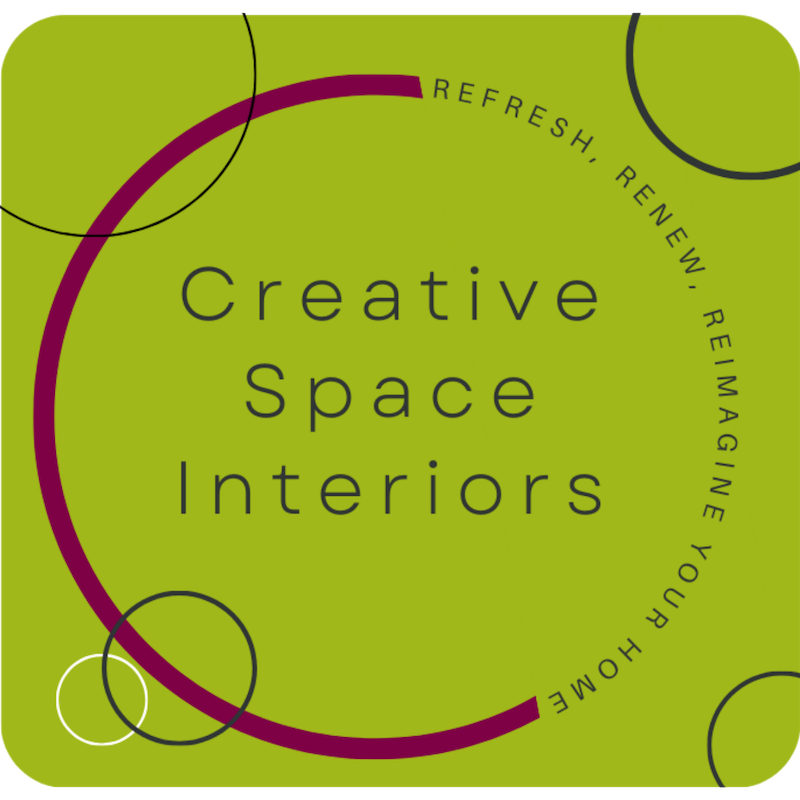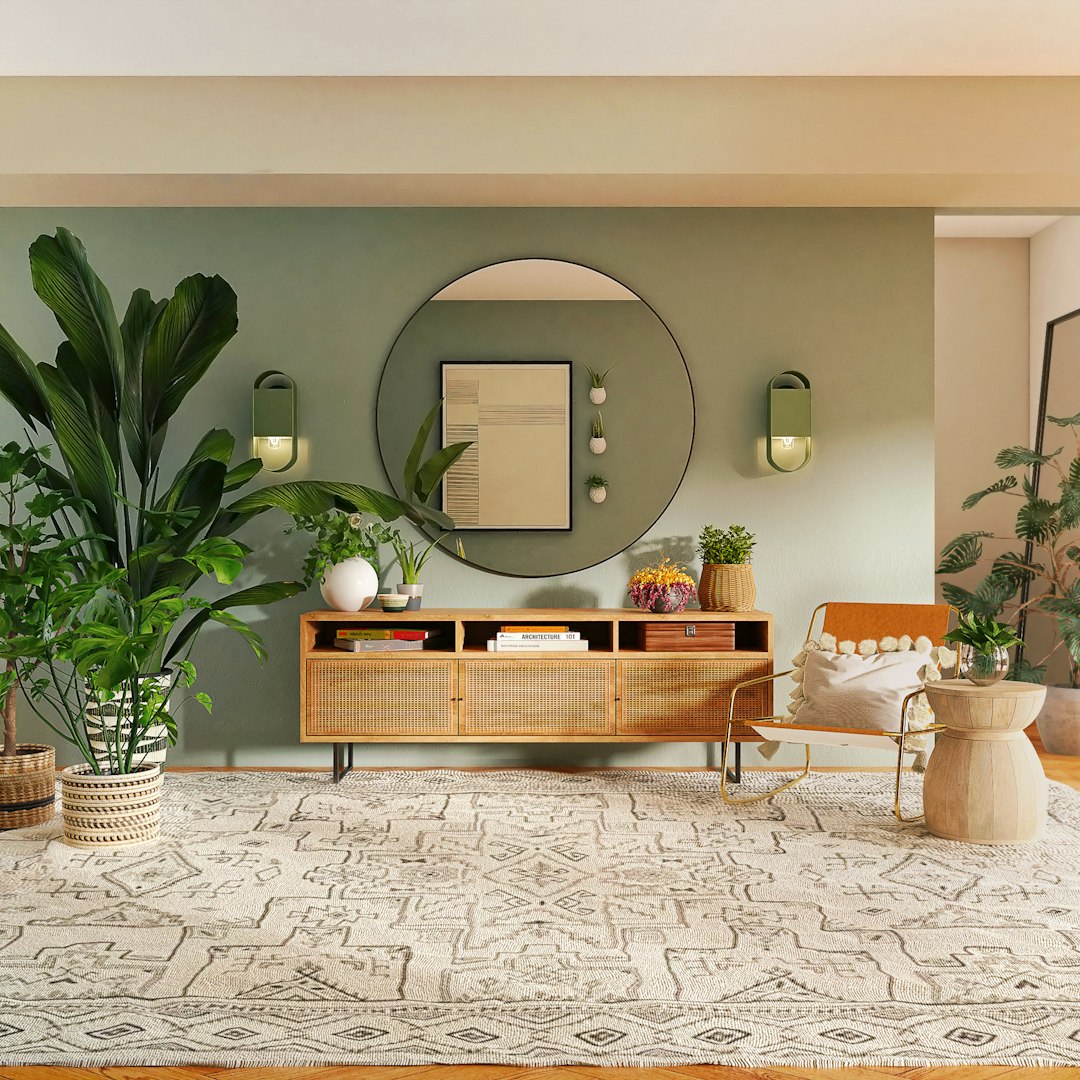Neuroaesthetics: The Simple Science of a Home That Feels Like You
Have you ever walked into a room and felt your breath slows? Your mind clears. That feeling isn’t luck. It’s design—specifically, neuroaesthetics. This field studies how your brain and body respond to beauty, art, and the built environment. In your home, it explains why some rooms calm you while others drain you. And it gives us a clear, practical way to design spaces that look beautiful and support your well-being.
In this post, you’ll learn what neuroaesthetics is, the science behind it, and how to apply it. We’ll show you how color, texture, proportion, and lighting can lift your mood and lower stress. You’ll also see a real-life room concept that blends style with science. The goal is simple: a home that feels like you—every day.
What Is Neuroaesthetics?
Neuroaesthetics is the study of how we respond to aesthetic experiences. It merges neuroscience, psychology, and design. It looks at how color, form, texture, proportion, and light affect mood, stress, creativity, and a sense of safety.
Why does it matter for your home? Because you don’t just look at your space. You feel it. Your brain reads visual cues in milliseconds and sets your emotional tone. Design that respects how the brain works can help you relax, focus, and connect. It moves your home from “pretty” to deeply supportive.
Why It Matters in Interior Design
Neuroaesthetics helps you design for feeling, not just looks. When we use it, your home can:
- Reduce stress and mental clutter.
- Lift mood and support daily energy.
- Create a sense of belonging and safety.
- Encourage focus, creativity, and better sleep.
It’s ideal during life transitions—empty nest, semi-retirement, reinvention. You deserve rooms that meet you where you are and help you thrive.
The Science in a Nutshell
You don’t need a lab to see the benefits. But research points to a few essentials:
- Biophilia effect
Nature calms the nervous system. Plants, natural materials, and nature imagery can lower heart rate and blood pressure. - Color psychology
Colors influence emotion and attention. Blues and greens soothe. Warm neutrals ground. Jewel tones add energy and joy in measured doses. - Symmetry and proportion
Balanced arrangements feel stable and safe. A touch of asymmetry keeps a room alive and personal. - Texture variety
Soft, nubby, matte, and woven textures engage the senses. Variety adds comfort without chaos. - Lighting quality
Light directs your circadian rhythm and mood. Layered lighting supports morning focus and evening wind-down.
In short, design can shift brain chemistry—boosting dopamine and serotonin while lowering cortisol. You feel that shift as ease, clarity, and contentment.
How to Apply Neuroaesthetics at Home
Let’s turn science into simple steps. Use these tools to shape how you feel in each room.
1) Color Strategy: Design the Feeling First
Start with the feeling you want. Calm? Energized? Inspired? Then match color to that goal.
- Ground with warm neutrals. Soft clay, taupe, and muted blush feel safe and welcoming.
- Add vital accents. Deep teal, plum, or saffron spark curiosity and joy. Keep bold color in art, pillows, and rugs to avoid fatigue.
- Balance saturation. One or two saturated accents can sing. A dozen will shout.
- Use undertones wisely. Cool grays can read cold. Warm neutrals often feel more human and forgiving.
Pro tip: During planning, describe how you want to feel, not only how you want it to look. We’ll translate that feeling into a palette.
2) Biophilic & Sensory Layering: Bring Nature Home
Your brain loves signs of life. Add them in gentle, layered ways.
- Organic shapes. Curved sofas, rounded corners, and soft silhouettes quiet visual tension.
- Natural textures. Linen, wool, rattan, wood, and matte ceramics offer tactile comfort and reduce glare.
- Green moments. Use plants, botanical art, or a framed view to the outdoors. Even one leafy plant can change the mood.
- Light diffusion. Sheer window treatments soften daylight and protect circadian cues.
3) Spatial Flow & Cognitive Ease: Make It Intuitive
When a room “makes sense,” your brain rests.
- Create an arrival point. Use a clear focal anchor—art, a window view, or a statement chair—to orient the eye.
- Edit visual noise. Group accessories, repeat materials, and limit competing focal points.
- Right-size the furniture. Ensure easy paths of movement. Crowded rooms add micro-stress.
4) Lighting Design for Mood Regulation: Layer, Dim, and Tune
Lighting is the most powerful mood tool you own. Use three layers:
- Ambient lighting for an even, secure glow. Think chandeliers, flush mounts, and well-placed recessed lights.
- Task lighting for focused work. Use under-cabinet LEDs, reading lamps, and vanity sconces at eye level.
- Accent lighting for depth and delight. Try picture lights, wall washing, cove lighting, or toe-kick strips.
Then tune color temperature to the time of day:
- Daytime: Brighter, neutral light supports clarity.
- Evening: Warmer, dimmer light supports melatonin and sleep.
Choose high-CRI LED bulbs (90+) so colors and skin tones look true. Add dimmers. Consider simple smart scenes like “Morning Clarity” and “Evening Wind-Down.”
5) Personalization for Connection: Design Your Story
Your home should tell your story. Personal pieces do more than decorate. They nurture connection and joy.
- Memory triggers. Heirlooms, travel finds, and meaningful photos keep you grounded.
- Color cues. Use hues tied to your happiest moments.
- Curated displays. Style shelves with intention. Leave breathing room so each piece can shine.
Room-by-Room Tips (Quick Wins, Big Impact)
Entry
- Add a soft rug, a warm lamp, and one striking artwork.
- Keep surfaces edited. Your nervous system reads “calm” the moment you arrive.
Living Room
- Layer light at multiple heights: floor, table, and wall.
- Use picture lights for art and small uplights for plants.
- Keep overheads dimmable for movie nights and conversation.
Kitchen
- Install under-cabinet lighting for bright, shadow-free counters.
- Hang pendants over the island for a welcoming center.
- Shift to warmer light after dinner to relax the space.
Dining Room
- Size the chandelier to your table and dim it for intimacy.
- Add a pair of buffet lamps to create rhythm and glow.
Bedroom
- Place lamps or sconces at eye level on both sides of the bed.
- Avoid blue-heavy light one to two hours before sleep.
- Add a reading nook with a supportive chair and a swing-arm lamp.
Bathroom
- Use vertical sconces flanking the mirror to avoid harsh shadows.
- Add a low-level night light or toe-kick strip for safety and calm.
Home Office or Studio
- Use a high-CRI task lamp at the desk.
- Keep ambient light neutral to support focus.
- Add bias lighting behind the monitor to reduce eye strain.
Halls and Stairs
- Use repeated fixtures or sconces to guide movement.
- Add motion sensors for late-night ease.
Outdoor and Landscape
- Favor warm LEDs to protect sleep cues.
- Light paths, steps, and a few trees for safety and drama—without glare.
Example: A Neuroaesthetic Living Room in the Bay Area
Imagine a living room for a professional woman entering semi-retirement. She wants calm days, cozy evenings, and a sense of renewal.
- Color palette: Soft clay walls set a warm foundation. A cream sectional adds lightness. A deep-teal velvet chair anchors a reading corner.
- Textures: A nubby wool rug, silk pillows, and matte ceramic vases add touchable comfort.
- Nature connection: A potted olive tree brings life. A large botanical painting creates a lush focal point. Sheer window treatments shape daylight.
- Lighting: A statement pendant runs on a dimmer. Warm sconces flank the art. A swing-arm floor lamp serves evening reading.
- Personalization: A curated bookshelf displays travel mementos and framed family photos with space to breathe.
How does it feel? Calm, collected, and personal. It supports coffee with a friend, a good book at dusk, and quiet nights that lead to deep sleep.
Aging Eyes, Gentle Light
As we age, we need more light but less glare. The right plan delivers both.
- Choose fixtures with frosted diffusers.
- Use matte finishes on counters and tile to reduce bounce.
- Place reading lights on both sides of seating to minimize shadows.
- Add path lighting for safe, confident movement at night.
The result feels brighter, but also kinder.
A Simple Checklist to Get Started
- Name the feeling for each room. Calm, cozy, focused, or inspired.
- Choose a warm neutral base. Then add one or two meaningful accent colors.
- Bring in nature. Add a plant, a natural material, or a view to the outdoors.
- Layer lighting. Ambient, task, and accent—in every main space.
- Tune the light. Use dimmers and warmer bulbs at night.
- Upgrade bulbs. Pick high-CRI LEDs so everything looks truer and richer.
- Edit surfaces. Group 3–5 items per vignette. Leave negative space.
- Create one reading nook. Chair, lamp, table, and a tactile throw.
- Personalize. Display a few meaningful objects where you’ll see them daily.
Do these steps and you’ll feel the shift right away.
How We Work With Neuroaesthetics
Our process is clear and calm:
- Feel-first discovery. We start with how you want to feel in each room.
- Palette and materials. We build color and texture to support those feelings.
- Lighting plan. We layer light and set scenes that match your daily rhythm.
- Spatial flow. We right-size furniture and create intuitive paths.
- Personal curation. We style meaningful pieces so your story takes center stage—collected, not cluttered.
You get beauty without overwhelm and a home that supports your life.
Final Thought
Your home should help you breathe easier. Neuroaesthetics gives us the roadmap. With the right color, texture, and lighting—plus a few personal touches—you can shape your mood, protect your energy, and sleep better. Small choices stack up. Soon, every room says, “You’re home.”
Ready for change in your home? Call Creative Space Interiors for a 20 minute phone consultation to jumpstart the change you want to have in your home. 510.501.1213. www.creativespaceinteriors.biz

